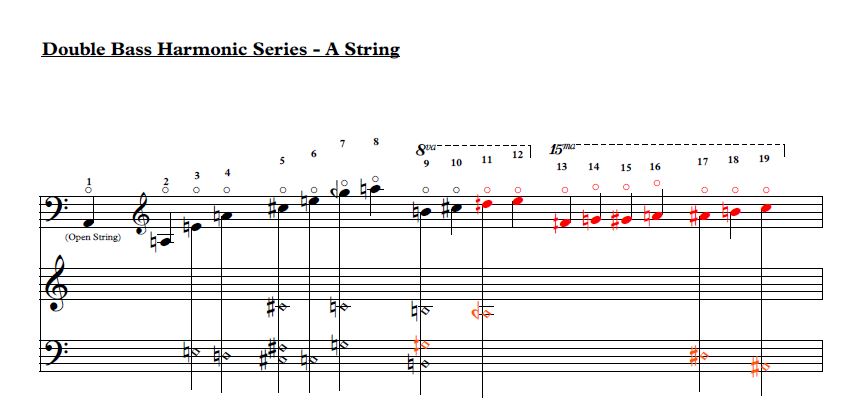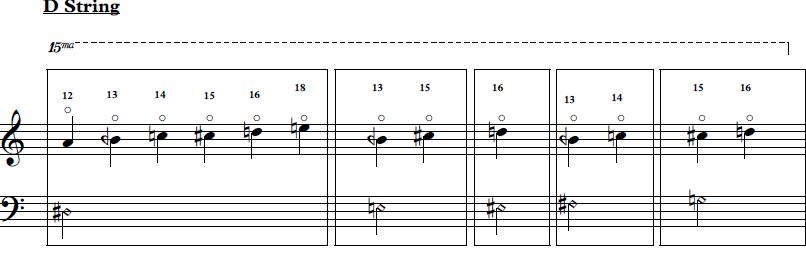

All guitars significantly improved their performing/recording qualities and became near-flawless - very sensitive and attractive to perform on. After “structural tuning” all 4 guitars turned up remarkably similar in terms of their (measured) acoustic spectral responses to impulse excitation, even though individual timbre of each instrument remained distinctly different during music performance. 2 guitars had flat soundboards and 2 guitars had bidirectionally curved (domed) soundboards. One guitar had traditional 6-fan braced soundboard, and remaining 3 guitars had soundboard lattice bracing of various spacing, orientation, materials and dimensions. Results of the “structural tuning” process are presented for 4 classical guitars built from variety of materials using diverse construction strategies: 2 double-top guitars with cedar-cedar and spruce-cedar sandwich soundboards and 2 solid soundboard guitars (1.5mm thick cedar and 2.5mm thick spruce). This article explores the concept of “tuning a structure” of an assembled instrument to improve/optimise its acoustic/performing qualities. Mt Best, Australia, August 2018, AbstractĮveryone accepts that strings in musical instruments must be tuned. The “structural tuning” method developed by Dr Chalko brings a possibility of acoustic performance optimization to the world of ready-to-play classical guitars. An equivalent option is not available for guitar. So-called sound-post in a violin can be moved and its position/design optimized to achieve the best acoustic response. This is distinctly different from tuning (tap-testing) individual instrument components before their assembly, introduced by Antonio Stradivari (for violin) and Antonio de Torres (for guitar).ĭesign of a violin allows some structural-tuning when violin is ready-to-play.

The key advantage of the “structural tuning” method of Dr Chalko is that it is performed on a complete ready-to-play instrument so that acoustic performance improvements can be directly observed at all stages of the “structural tuning” process. The method can improve acoustic performance of classical/flamenco guitars of various designs and age, from traditional and vintage guitars to modern double-tops with exotically braced soundboards.

Guitars Online customer Dr Tom Chalko developed a method of “tuning a structure” of an assembled guitar to improve/optimize its acoustic/performing qualities. It applies both science and the ancient and proven techniques of violin makers to get the most out of your current guitar in a non-intrusive and reversible way.ĭr Chalko’s approach also helps us answer that age old questions, what is a great guitar, which is the right guitar for me?Įveryone accepts that strings in musical instruments must be tuned. If you want to get the best out of your guitar regardless of age, of price I thoroughly recommend this thoughtful in-depth article by Dr Tom Chalko. So the question of what makes a good/best guitar is crucial to our enjoyment of the instrument At the same time as a player you have an investment not only of money but time and practice so we are all on this same journey of trying to get the most out of practice time. The reason is I love guitars and I have found that each one is unique.

#Online bass tuner harmonics how to#
It may see odd that as a guitar importer I am featuring an article that is not all about buying a new guitar but about how to get the most out of your current guitar. Or wandered if you could get more out of your guitar investment? Ever wandered what sets the best guitar apart?


 0 kommentar(er)
0 kommentar(er)
